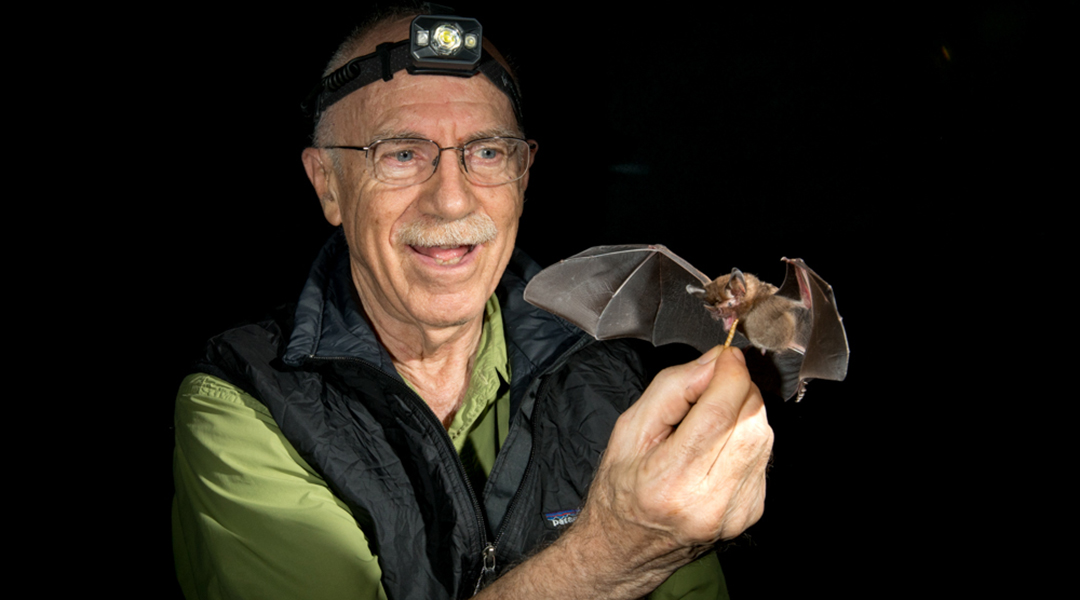Image credit: Teresa Nichta
Every now and then, you come across a real-life superhero. If there is one person more deserving of this title, it’s the father of modern bat conservation, Merlin Tuttle.
His motto, “Win friends, not battles”, is inspirational and carries significant weight in these trying times. Tuttle has spent his life tirelessly protecting bats by challenging age-old superstitions and fear through understanding and education.
Through decades of work, Tuttle has saved the lives of countless bats the world over, in the process founding the non-profit organization, Merlin Tuttle’s Bat Conservation. As a result of his work, he has received numerous prestigious accolades, one of which was having his bat photographs featured in a commemorative stamp series used by the U.S. Postal Service. His birthday, the 26th of August, has also been declared “Merlin Tuttle Day” in his hometown of Austin, Texas.
But resting on his laurels is not an option for Tuttle. At the age of 80, he continues to educate, giving lectures, seminars, participating in podcasts, TV shows, and publishing educational videos about these enigmatic animals.
Tuttle was kind enough to take time from his busy schedule to share his fascinating stories and motivating life lessons.
When did you have your first encounter with a bat?
I didn’t really get into bats until I was in high school and my family had moved to Tennessee. We lived within a mile or two of a cave inhabited by several thousand grey bats, and after a friend told me about the cave, I convinced my father to take me there to explore the area. We were fascinated watching as thousands of bats would come out in the evening.
I found that they came only in the spring and fall, but all the books said that they lived year-round in a single cave and did not migrate, so I took detailed notes. I learned how to prepare scientific study specimens and I convinced my mother to drive me to the Smithsonian to meet with bat researchers there.
I showed my specimens and field notes and said the books are all saying that these bats don’t migrate but when I’m looking for them, they only appear in the spring and fall. I think mine must be migrating. They were very impressed with a teenage kid coming in with this kind of documentation and so they gave me several thousand bat bands and said I should band some and see where they go. So, I banded a couple hundred of them that fall when they came back again.
In an incredible stroke of luck, my father happened to be doing something 100 miles [161 km] north of where we lived and offered to take me along so we would look for some bat caves after he finished with what he was doing. Some locals told us about a cave that had a lot of bats and we found a lot of my banded bats, which was totally unexpected because I had banded these bats in the fall and common sense says in the fall, these bats are going south for the winter, not north. In fact, I was convinced they couldn’t be mine and that someone else must have banded [them], but I recorded the numbers, and when I got home I was flabbergasted to [find out] that they were my own.
We later found these bats need very special hibernating caves that trap cold air and stay constantly at low temperatures year-round. If a bat happens to live north of such a cave, it migrates south for the winter but if they’re east or west, they just migrate towards that cave. Their paths are like the spokes of a wheel, and in fact, I eventually found that these bats perform some of the longest migrations of any bats in America.
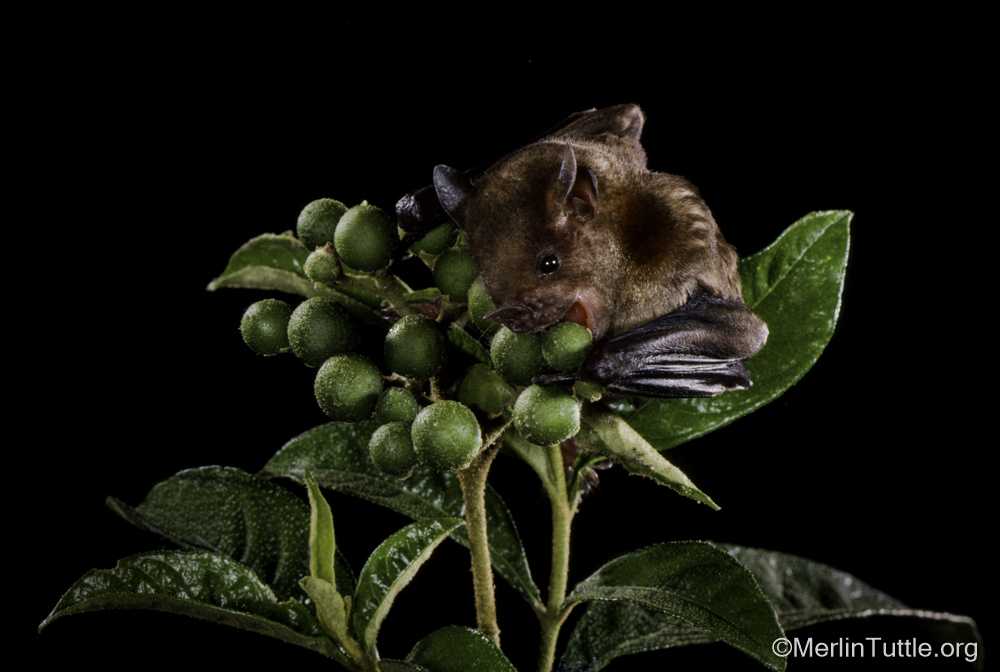
Was there a specific event that triggered your passion for bat conservation?
As I was banding bats and trying to figure out where they were going, I quickly realized that people were killing them in huge numbers and that, in most of the cases where I went to look for them, they had already been killed. People were literally pouring kerosene in caves and lighting it on fire and killing thousands of bats, sometimes 10,000 in a single event.
I, of course, was shocked and appalled because, by that time, I knew these bats were incredibly gentle and they posed absolutely no threat whatsoever to people. The only way you would get bitten by one is if you found a sick bat that was grounded and picked it up and then it might bite in self-defense, but for anybody that just left it alone, the odds of being hurt are incredibly remote.
There’s not a single instance known of a grey bat transmitting rabies or any other disease to humans, but the health department in Tennessee issued press releases warning that bats with rabies were recently found in the grey bats I was studying. Yes, you could find rabies in grey bats, but the truth is that they’ve never transmitted rabies to a human and they’re very unlikely to if we just leave them alone.
Did you have any mentors who encouraged and supported you?
The first person I met in the world of bat research was Dr. Charles Handley who was head of the mammal division at the Smithsonian. I convinced my mother to drive me to Washington D.C. to talk to him. We didn’t even have an appointment. We just went to the front desk and I announced I would like to speak to a mammalogist about my bat discoveries. So, he came down and, to my amazement, he spent most of his day showing me their collections and telling me about bats and helping me in many ways. He introduced me to several other people there who also were interested in bats and among the group of them, they became outstanding mentors to encourage my work.
Also, at about that time, Barber and Davis wrote a book on the bats of North America and they put me in touch with Dr. Wayne Davis, and I ended up going out in the field and helping him do his research. In fact, I almost flunked out college because I was skipping classes so often going out helping researchers.
This is a good example of how parents shouldn’t panic just because their child is interested in something special that [they’re] not doing in school. I actually was admitted to graduate school on probation, and it was lucky that I got in at all. Dr. Handley vouched for me, and I think he pulled some serious strings to get me accepted into the best graduate school in my field at that time. In fact, I have a letter still in my possession from Dr. Knox Jones, who accepted me as his student there.
The letter said they didn’t consider me acceptable material for their Ph.D. program, but he would accept me on the understanding that I would come only for a Master’s degree. The crazy thing was, once I was doing what really excited me, I ended up being one of the first people in the history of the biological sciences school to obtain a Ph.D. with honors.
I never once went to an expert in mammalogy or bat research who didn’t enthusiastically help me. Often, now that I’m a well-known scientist, people are often hesitant and fearful to talk to me, as if I’m some bigger-than-life giant who isn’t going to think they’re intelligent if they ask the wrong question. I was lucky that my parents were very encouraging of me to not be afraid to talk to experts and those experts were so excited to talk to a little kid who was already so advanced in his knowledge about what they did.
I want to encourage other young people to understand that it’s not inappropriate to contact experts and ask for help. They usually are delighted to help a young person get started.
What advice would you give aspiring conservationists who want to become involved but have no idea how and where to start?
That’s not an easy question. Of course, it helps to get an advanced degree, [but] right now, one of the very best bat conservationists is someone who never even studied biology in college. He is a business person who travels the world, but he’s self-taught in his knowledge about bats. He is one of the best-rounded experts in bats and their conservation of anybody I know anywhere. When I travel with him studying bats, I’m very hesitant to contradict him on any identification because he usually is right and knows as much as anybody else does about it. So, you don’t necessarily have to get a degree to be very good at something if you’re passionate about it and you study it on the side. Of course, it helps to get a degree if you want to be employed doing conservation.
One of the best ways to get started is exactly how I did it. I would go to experts and offer to help. If you make yourself indispensable as a volunteer, you’d be surprised how quickly you get around degrees and get hired. I just always made sure that anybody who accepted my help was very happy to have it and I tried to break all the records with everything I did. That resulted in me coming out of college without any advanced degree and with a relatively poor showing.
I was still hired by the Smithsonian to direct a project in Venezuela, and it was one of the best things I ever did in terms of getting a reputation established and learning about bats. I would have never had that opportunity had I not volunteered to help Dr. Handley at the Smithsonian. He was very interested in specimens from particular areas, and I would go and collect them and send him the information he needed. So again, it never hurts to be generous and volunteer a little bit of help if you want to get started.
Work hard, make yourself indispensable, be generous and you’d be surprised how far you can go.
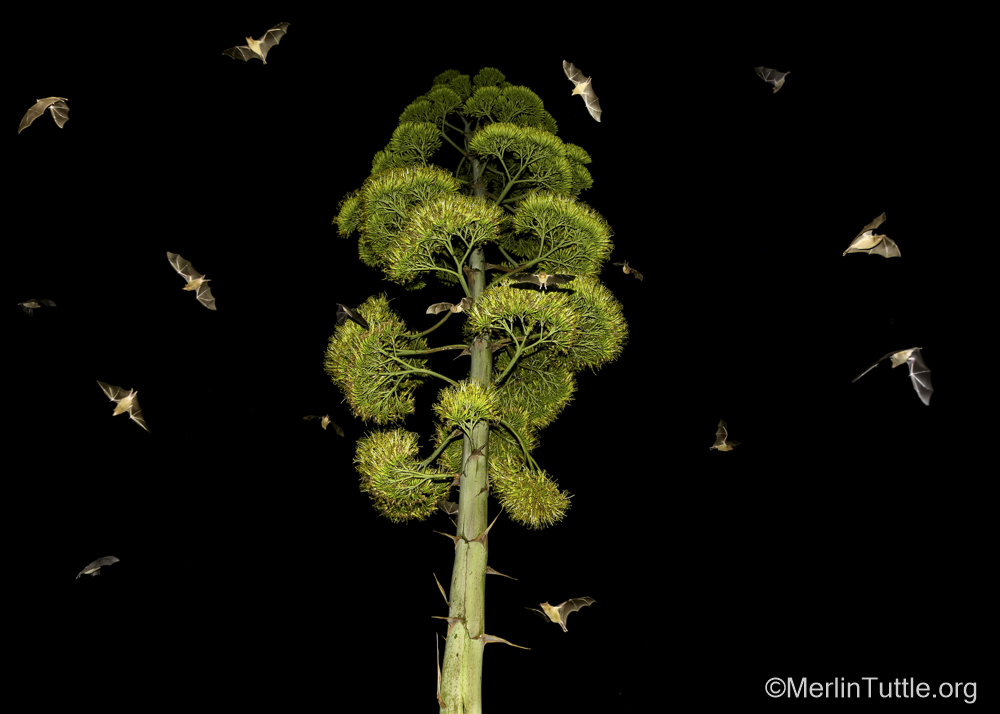
Can you tell us three fun facts about bats that are generally not known?
That’s a tough one because there are probably a thousand facts that are exciting, interesting, and not known.
First of all, bats are incredibly sophisticated and intelligent. I have throughout much of my career trained bats in the wild without ever even catching them. I’ve been continually amazed at how intelligent they are. They are now known to have social systems strikingly similar to those of higher primates and they form long-term friendships. They travel together, share information, help each other in need, and even adopt orphans.
Many people traditionally thought bats were ugly because, before I started taking pictures of bats as they naturally are, photographers would simply catch a bat, hold it up in front of the camera, and take a picture. The bat would think it was about to be eaten by a predator so it would have its mouth wide open and snarling, trying to scare you to leave it alone. You take that picture and the little bat’s head is probably no bigger than the end of your finger. You blow that up to page size and show it to the public and you’re going to assume they are vicious and ugly.
One of the biggest impacts I’ve had is to make friends with bats and show them as they really are. They are intelligent, inquisitive, and gentle animals that are just incredible. People are amazed when they see me calling them to my hand. I not only do that, but sometimes when I want to get great action pictures of them, I train them to go to a particular place or do something on call. I’ve trained frog-eating bats to go catch a frog that I pointed to, but not to go until I took my hand back, so my hand isn’t in the picture. Only when they heard the high-speed movie camera start would they come to catch the frog.
Amazingly, it took me most of my career to discover how intelligent even tiny bats could be. Little Hardwicke’s woolly bats, for example, in Borneo, weigh about four grams. That’s less than a U.S. nickel. Researchers had never tried to keep them in captivity because they felt they were too small and fragile and wouldn’t survive, but I convinced them to let me bring one into my traveling studio. These bats live in pitcher plants, and that’s a whole unique story in itself.
Pitcher plants are famous for eating whatever enters, including insects and even rats, and yet here’s a pitcher plant in Borneo that has these woolly bats living in it and the plant actually has co-evolved with the bat. It provides a sleeping ledge inside, and an umbrella-like projection over the top so the rain doesn’t come in. It even provides a reflector that reflects the bat’s echolocation as it approaches to help guide it.
This is a very interesting story that I wanted to tell photographically. In fact, you can go to my website and see my pictures of these bats going into pitcher plants and roosting there. I brought this first bat into my studio and I hand-fed it mealworms that night and then released it into my studio. This bat had never seen a human before, had never probably caught a non-flying insect before, and had never eaten a meal worm before. However, the next morning when I came to work, this little bat remembered that I fed him the night before and actually flew up and started bumping me in the nose to get my attention to feed him.
I guess anybody else would have thought they were being attacked, but I’ve had enough experience with bats to quickly realize what he was trying to do. I got a mealworm, held it up, and sure enough, the bat quit bumping me in the nose and got the mealworm out of my hand.
I wouldn’t tell that story except my wife grabbed the video camera and shot a video of this happening, so I’ve got a record on my website of the bat bumping me in the nose.
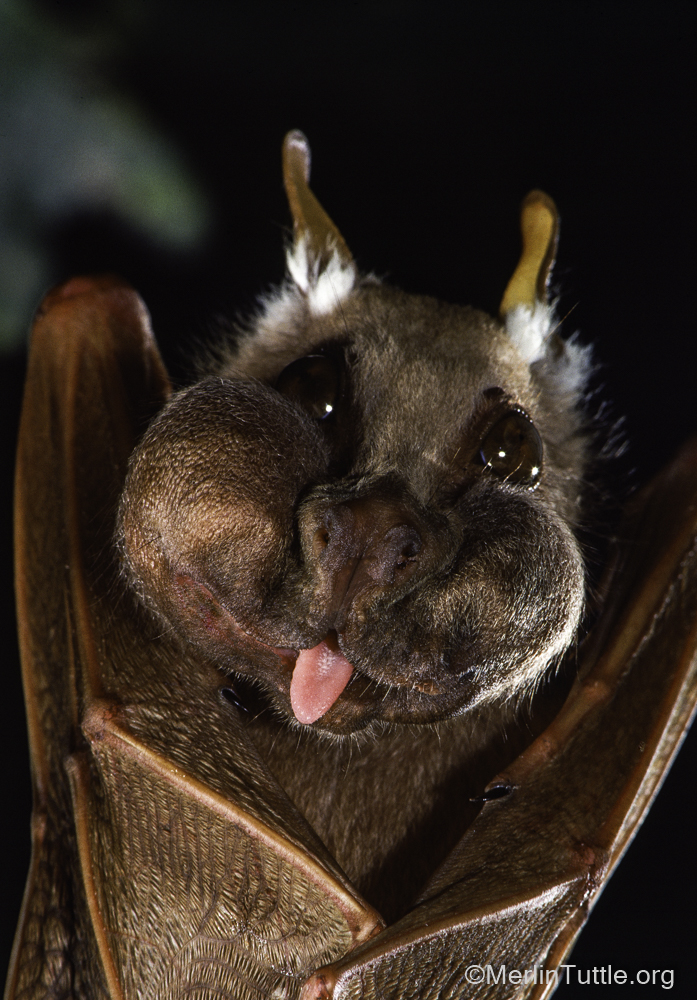
Your quote, “Win friends instead of battles” is very inspiring. Instead of fighting people that catch and kill bats, you try to convince them about the usefulness of bats. How do you find and approach these people and how do you convince them?
I ask people to share their experiences. You don’t challenge their integrity or their intelligence. You just ask them how they got to feel the way they did.
There was a family who were interviewed multiple times by a local newspaper about how they were so horrified that they weren’t able to poison the bats in their attic and that nobody was willing to protect them. The articles and the quotes in the newspaper were horrible.
I [visited the family and told them] that I was from the Milwaukee Public Museum and I was a professional bat researcher who had I heard about their problems and wondered if I could be of help. All of a sudden, they were ready to talk to me and so I asked them about their experience, how they came to fear the bats. They had read a horrible story in a magazine reminiscent of Alfred Hitchcock’s “The Birds” movie, which claimed that a family had been trapped in their home for three nights and days while bats attacked the doors and windows and tried to get in to get them.
It was a terrible story, but I just told them that in my experience, studying bats for many years worldwide and going into caves with sometimes millions of them, I have never been attacked by a bat. In fact, I don’t know anybody that ever has been attacked by them. They are incredibly gentle animals that leave people alone if we leave them alone. I pointed out they had a home on a lake and that’s where the mosquitoes and other insects are often most abundant. I asked, “Did you know that just one of the bats living in your attic, probably little brown bats, can catch up to 1,000 mosquitoes in a single hour?”
Finally, they were convinced that bats were not dangerous and scary, but their children were having nightmares, they were so terrified. I said, “I’ve been holding a live bat of the kind that lives in your attic [while we’ve been talking].”
At about that time, the kids who were supposedly having nightmares showed up and wanted to see, and the little girl thought it was so cute and wanted to keep it as a pet. I told them bats don’t make good pets and you shouldn’t try to handle them, but they are really cute animals going out there eating mosquitoes. By the time I was finished, they wanted me to stay for their party and entertain their guests with the bat. They even offered to be interviewed again by the newspaper and tell what they had learned.
I’ve had those kinds of experiences so often, and all it takes is not going in and saying, “That’s not possible, you weren’t attacked”. Just ask questions and have people feel that you care about how they think and you respect their opinions. By asking enough questions, it’s amazing how many times we can change attitudes 180 degrees. But if we start out by not talking to a person because this person doesn’t agree with me or I think this person is a bad person because he voted for the wrong party, we’re not going to get anywhere.
My view is that in every organization, every church, every kind of group you can name, there are going to be some people that you would like to distance yourself from and there are others who are really trying to do the best they can. In every group, there’s somebody you could make friends with and help influence their attitude
Are people always receptive to your approach? What about poachers who need to hunt to provide for their families?
I haven’t had many experiences with poachers, but I had one very useful experience 40 years ago. I was in Thailand and monks who owned a bat cave and made a living selling bat guano fertilizer contacted me asking for advice. The guano production was precipitously falling and they wanted advice on why that was happening and what could be done.
One early morning before the sun came up, I went out to see the bats coming back to roost and I ran into poachers who had a big net set over the entrance, and they were catching thousands of bats. They were preparing to sell them to restaurants.
Through a Thai interpreter, I greeted the poachers in a very friendly manner and [asked] if they would let me hire them to teach me what they had learned. We ended up becoming good friends. They showed me all their netting sites, how they did it, how many they caught, and how many poachers there were. I got all kinds of data that could not have been found if I just said these guys are bad and I’m going to report them.
I had to understand right off that these were perfectly honest men who did not know the damage they were doing. They were trying to feed and take care of their families. They weren’t bad guys, although they were doing things that I certainly didn’t like. I alerted the monks that they needed to hire a game warden to protect the cave entrance so the poachers couldn’t just put a net over the entrance.
I also went to the local school and got the teachers interested in bats and helped them with photographs and information that they in turn [used to teach] the children. When I came back ten years later, the children would be wearing bat T-shirts in honor of the bats.
Recently, the principal explained that proceeds from the bat guano sales are used to fund students to go to college on scholarships. The guano producing bats were too small to be sold to restaurants, but were killed for easier removal from nets. The game warden that was hired didn’t stop all bat hunting, but he did stop the needless killing of thousands of unwanted bats at the blocked cave entrance.
Now, the children complain whenever they find somebody killing or eating bats, and due to the change in perspective, the poachers’ children went off into other professions and bat hunting in the area just gradually died out. Even when I returned ten years later, I was delighted to still find friends among the former poachers.
Your educational videos are so inspirational, are you planning to make more?
We are working on new videos as fast as we can. We’re limited mostly by funds. It’s not cheap to go out and produce quality videos but we’re working on one right now, documenting the value of the millions of wrinkle-lipped bats I got protected at Khao Chong Pran Cave in Thailand. They really need help at a time when they are now being speculated as possible sources of the next pandemic.
More than a decade ago, I retired from leadership of the organization I originally founded, [Bat Conservation International], but I’m still working full-time as an unpaid volunteer at my new organization, Merlin Tuttle’s Bat Conservation — I celebrated my 80th birthday not long ago, and I’m hoping to still be working when I’m 90. I passionately believe in this and I love helping not just bats, but people.
When I first decided to devote my full time to conserving bats, everybody thought I was crazy. I had it made with a position at a major institution where I was drawing a good salary to study bats year-round and travel anywhere.
In those days, we weren’t pestered with emails or cell phones, so nobody even knew where I was, and they just expected me back in a few months. I was able to study any aspect of bat biology I wanted, but as a full-time researcher, I started seeing, time and again, not only the incredible value of bats, but the horrible damage that could be done by human fear.
Our long-term goal is to establish an education center in association with the now famous Congress Avenue Bridge here in Austin, where a million and a half bats live in crevices underneath. They were going to be eradicated before I came in and educated the city. Now, we have millions of people that come to Austin to enjoy the bats’ spectacular emergence, but we’re not yet educating them nearly as much as we should.
Which bat species is the most endangered at the moment and why? What can be done to help?
I can’t tell you which one is the most endangered because bats are so little studied that we’re still discovering new species we didn’t even know existed. I would say we don’t know enough about probably 90% of the world’s bat species to have any really good idea of either their value or needs. Some bat species have already gone extinct without even having been recognized as endangered, which shows just how little we know.
Some foundations and other supporters of conservation say they help only bats that are officially listed as endangered species. But, for example, 10 to 20 million bats live in a single cave here in Texas. If that one cave was destroyed, the whole species could be at risk. Unfortunately, many things can kill bats, but as long as we protect that cave, where millions of bats rear their young every summer.
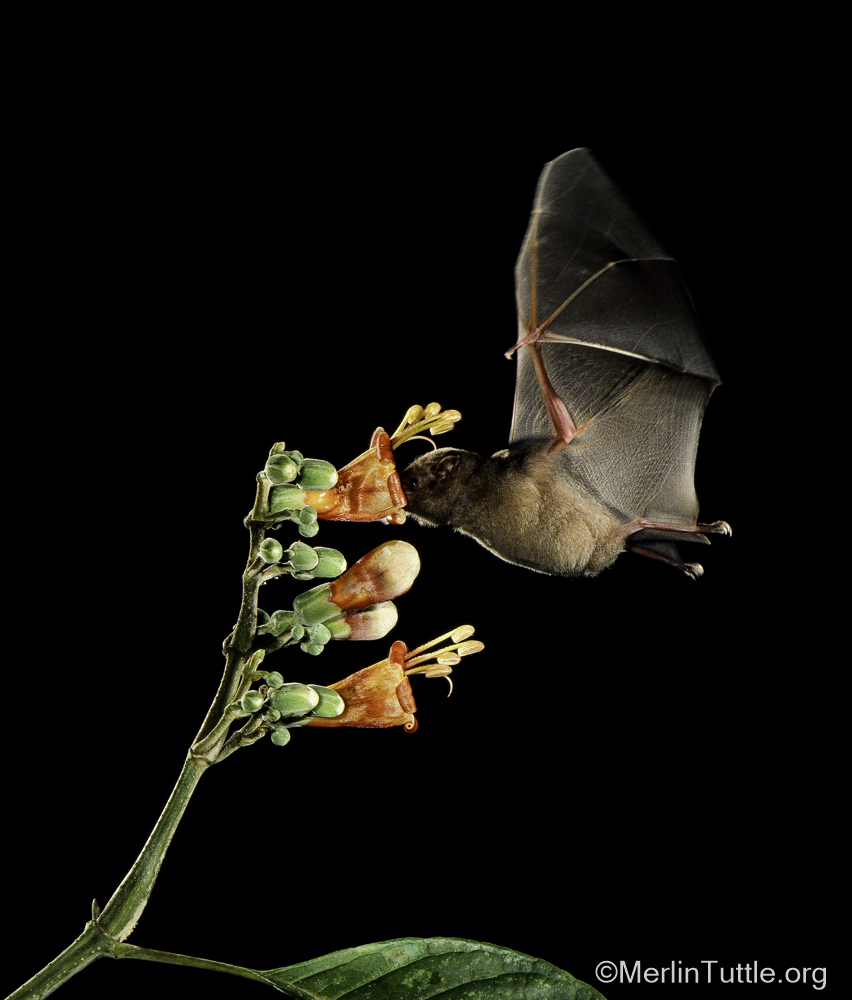
Because of their low reproductive rates, their high concentration in a single location, the ease with which you can kill large numbers, and the frequency of these killings happening because of fear, bats are at serious risk.
You are an avid wildlife photographer. When did you start doing this and how do you prepare your shoots and “models”?
I was always interested in photography, but I wasn’t a very good photographer. Fairly early in my career, National Geographic asked me to write a book chapter for their book, Wild Animals in North America, where I explained that bats weren’t scary, but are instead wonderfully safe and beneficial.
However, when I went to the National Geographic headquarters to see the chapter and the pictures, I was horrified because all the pictures were of bats snarling in self-defense. I pointed out to the editor that publishing pictures of any other group of animals on the planet with all of them provoked into snarling would cause a public outcry. People would say that was very misrepresentative of those animals, but because people don’t know any better about bats, they’ll probably just think that’s the way bats are: ugly and vicious.
He sympathized with what I was saying and so he assigned one of the National Geographic staff photographers, Bates Littlehales to go to the field with me for a month to take pictures. Well, bats are not easily photographed. In a whole month, he only got three pictures that were going to be useful for the book.
In that month, however, I was very interested in learning new things that could help promote conservation, so he could hardly go to the restroom without me asking a photography question. When he left at the end of the month, he said I should see what I could do on my own. I ended up being the second most used photographer in the book.
That was the beginning of my collecting over 100,000 photographs of bats doing almost anything you can imagine, and that has become the foundation of [bat] conservation success.
I use many different techniques to get specific action shots. Sometimes it’s just knowing that a bat catches fish or insects in a certain place or that it courts at in certain location, and then figuring out where to be ready when it happens. Whenever possible, I like to photograph bats in the wild without any other interference, but there are many things that bats do that cannot be photographed without bringing them into an indoor setting and training them to perform normal activities in a specific location.
[In one photoshoot], we wanted a shot of a bat coming in and catching big katydids. We went to a cave and, as they came out in the evening, we caught a dozen bats at the right time. Most of the bats didn’t have quite the right personality [to be trained for the photoshoot], but we finally ended up having one that had exactly the apparent IQ and personality we wanted.
[Our trainer] had this bat trained so it enjoyed being taken out into the larger studio because it knew when we took it out there, it was going to have fun hunting.
My colleague, who was training the bats for me, had to perch the bat on her finger two feet [about 61 cm] [away from] where I was going to put the katydid. We would chill the katydid beforehand to make it less active and then place it in a location where I pre-focused the camera.
This kind of bat doesn’t use echolocation to find its prey and so it wouldn’t come until the katydid moved. I’d watch the bat and figure out when he was about to come and then there was only a split second to get her hand out of the background and for me to open the shutter on the camera. It was incredibly difficult to get all that timing down and the bat kept destroying my katydids without me getting a picture.
It took us about five nights with three or four of us working together as a team. Finally, on the last night, just an hour before I was going to have to pack up and go home, we got everything in sync, and I got some 20 nearly perfect pictures.
Seeing so many great shots, it’s easy to think this must have been easy, but it was incredibly difficult. It costs a lot of money too, and that’s why I’m so appreciative of people who join in supporting my efforts because, although I’m retired and don’t take any salary, I couldn’t do many of these things if I didn’t have financial assistance to cover the extraordinary cost. Those costs are well invested because they’re making a huge difference for bats and for the health of our environment.
When you are not involved in bat conservation, what are your hobbies?
Do you know what my favorite hobby is? It’s photographing bats. However, I have been known to get excited about fly fishing. We have property on the San Marcos River, and I know a lot of people who own property [there], and so I can float down the river and fly fish. I catch and release and use barbless hooks. I tell my wife [that] I’m making them too smart to get caught by people who would eat them.
I don’t get to do a whole lot of it though, and if you give me a choice [between] fly fishing and photographing bats, I’d rather photograph bats.
Learn more about the Merlin Tuttle’s Bat Conservation organization here and check out his photo gallery

